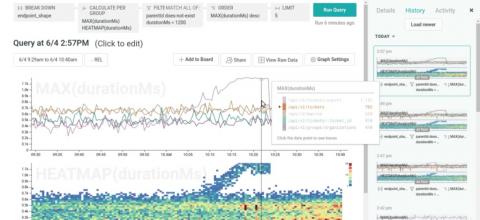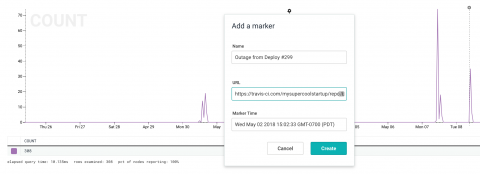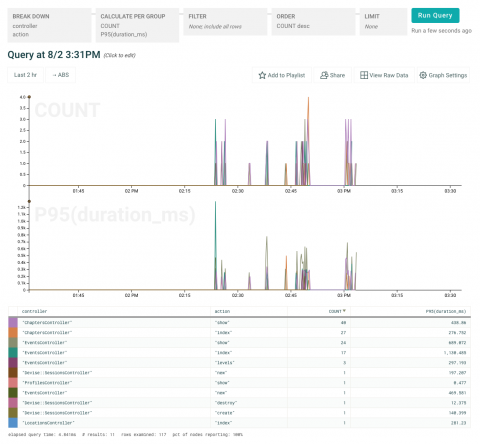Instrument Your Ruby App In Minutes with the Honeycomb Beeline for Ruby
Meet the Honeycomb Beeline for Ruby. Like our Beelines for Go and Node, it understands the common packages you’re using and automatically instruments them to send useful events to Honeycomb. Then once you’ve got a chance to explore your app’s behavior, you can add custom fields specific to your app with just one line of code.











